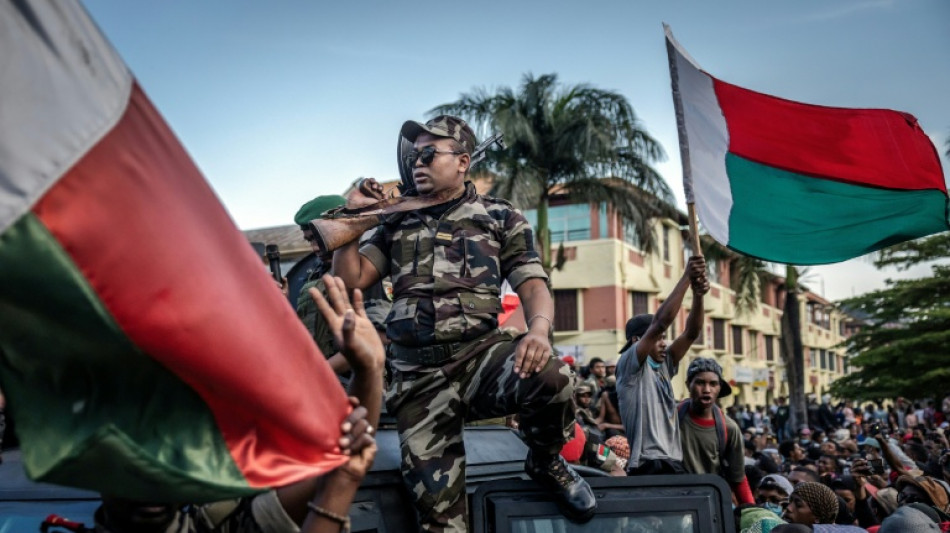
-
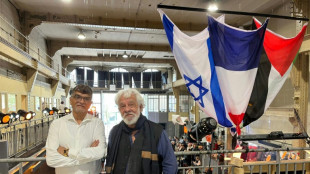 'Taste of peace': Palestinian, Israeli join forces in Paris
'Taste of peace': Palestinian, Israeli join forces in Paris
-
Italy beat Estonia in World Cup qualifier before Israel clash

-
 Italy beat Estonia in World Cup qualifier before contested Israel clash
Italy beat Estonia in World Cup qualifier before contested Israel clash
-
Gerrard rejects chance of Rangers return

-
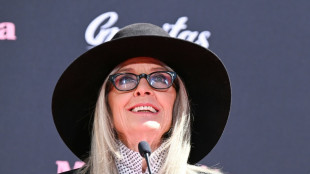 Oscar-winning actress Diane Keaton dead at 79: report
Oscar-winning actress Diane Keaton dead at 79: report
-
Madagascar soldiers join protesters as thousands gather in Antananarivo
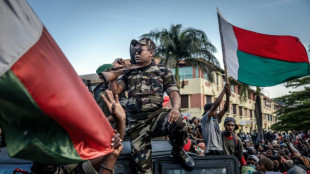
-
 Haaland fires Norway closer to World Cup return in easy win over Israel
Haaland fires Norway closer to World Cup return in easy win over Israel
-
Eighteen presumed dead after blast at US explosives factory
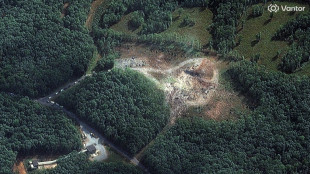
-
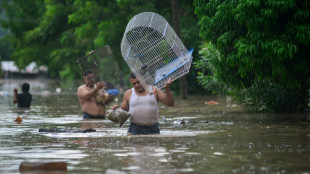 At least 37 dead in Mexico floods
At least 37 dead in Mexico floods
-
Gamers fight in France as Evo comes to Europe
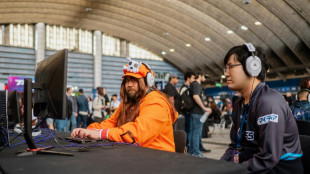
-
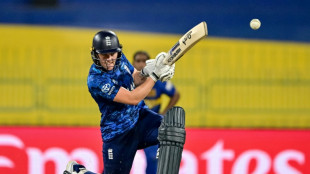 Sciver-Brunt, Ecclestone power England to summit of Women's World Cup
Sciver-Brunt, Ecclestone power England to summit of Women's World Cup
-
Simmonds guides Pau to Top 14 summit with Bayonne win
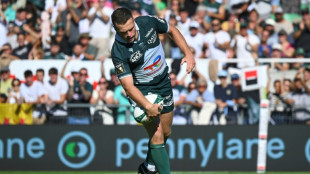
-
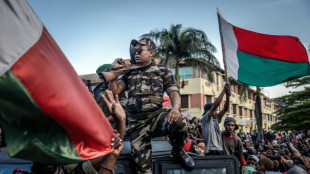 Madagascar soldiers join protestors as thousands gather in Antananarivo
Madagascar soldiers join protestors as thousands gather in Antananarivo
-
Pro-Palestinian march, actions at Israel v Norway match
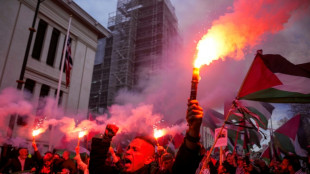
-
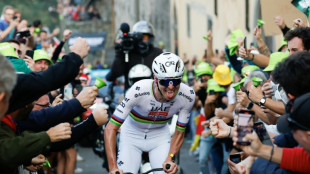 Pogacar chats with Merckx after Il Lombardia landmark
Pogacar chats with Merckx after Il Lombardia landmark
-
Pogacar caps stunning season with fifth straight Il Lombardia triumph

-
 Pogacar wins cycling's Il Lombardia for fifth consecutive year
Pogacar wins cycling's Il Lombardia for fifth consecutive year
-
Zelensky urges Trump to end Ukraine war like in 'the Middle East'
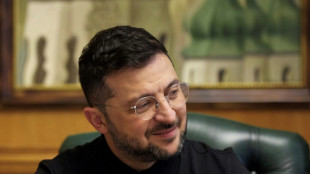
-
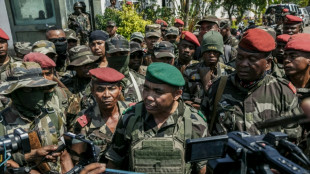 Madagascar soldiers join protestors
Madagascar soldiers join protestors
-
Pegula ends Sabalenka's perfect Wuhan record to set up Gauff final

-
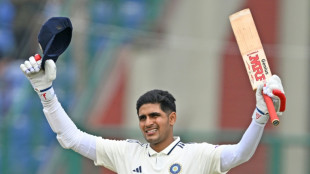 Jadeja says Gill's ton of runs a 'good sign' for Indian cricket
Jadeja says Gill's ton of runs a 'good sign' for Indian cricket
-
Mbappe and Konate out of France's World Cup qualifier in Iceland
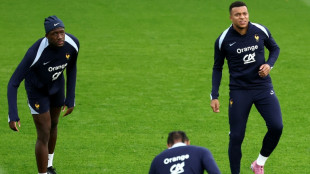
-
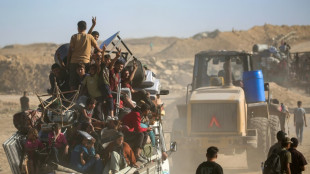 Palestinians return to devastated Gaza City as truce holds
Palestinians return to devastated Gaza City as truce holds
-
Spinners keep India in command after Gill ton against West Indies
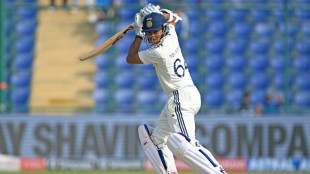
-
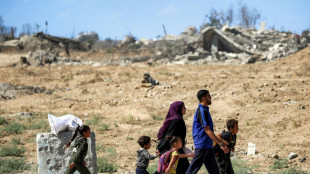 Aid groups seize on truce to tackle Gaza hunger
Aid groups seize on truce to tackle Gaza hunger
-
Gauff beats Paolini in straight sets to reach Wuhan final

-
 Ailing Djokovic beaten in Shanghai semis by qualifier Vacherot
Ailing Djokovic beaten in Shanghai semis by qualifier Vacherot
-
Reappointed French PM scrambles to form government
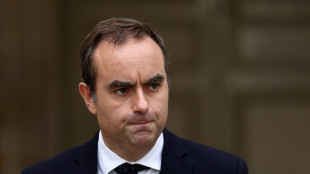
-
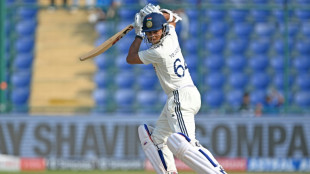 West Indies' Campbell out to freak catch after India declare on 518-5
West Indies' Campbell out to freak catch after India declare on 518-5
-
Covid virus changes sperm in mice, may raise anxiety in offspring: study
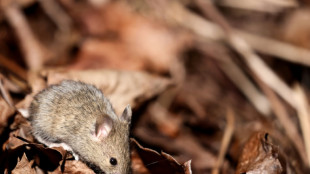
-
 Mbappe out of France's World Cup qualifier in Iceland with sore ankle
Mbappe out of France's World Cup qualifier in Iceland with sore ankle
-
Pakistani Taliban claim attacks that killed 23 in northwest
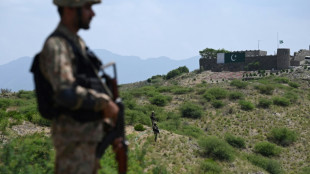
-
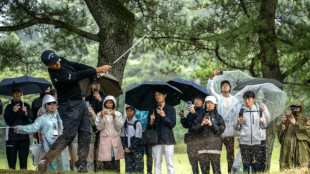 Schauffele grabs share of Japan lead in bid to break drought
Schauffele grabs share of Japan lead in bid to break drought
-
Gill hits unbeaten ton as India declare on 518-5 in West Indies Test
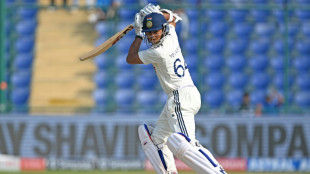
-
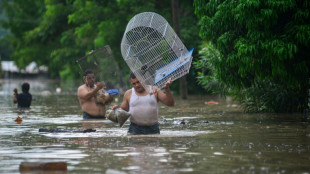 Mexico heavy rains kill at least 28
Mexico heavy rains kill at least 28
-
Japan main opposition eyes unified PM candidate to block Takaichi
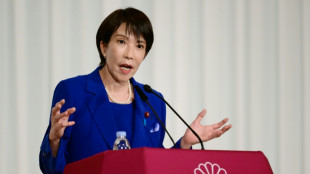
-
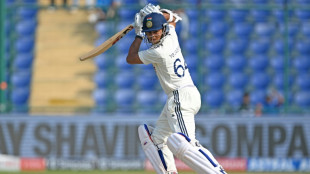 India 427-4 after Jaiswal falls for 175 in West Indies Test
India 427-4 after Jaiswal falls for 175 in West Indies Test
-
Mariners out-last Tigers 3-2 in 15 innings to advance in MLB playoffs

-
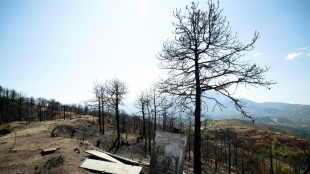 Questions loom over Albania's forests after devastating fires
Questions loom over Albania's forests after devastating fires
-
Philippines begins clean-up after powerful twin quakes
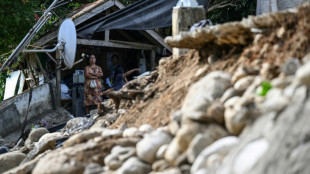
-
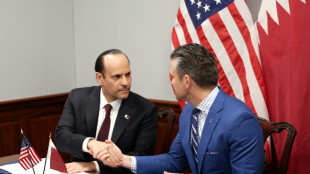 US announces deal for Qatar air force facility in Idaho
US announces deal for Qatar air force facility in Idaho
-
North Korea shows off 'most powerful' missile at military parade
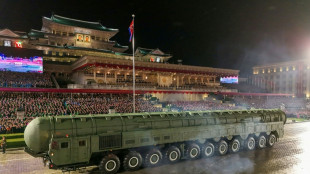
-
 Aces sweep Mercury to win third WNBA title in four years
Aces sweep Mercury to win third WNBA title in four years
-
Messi-less Argentina down Venezuela in friendly

-
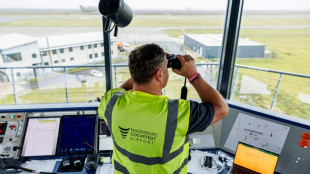 How can Europe protect its skies against 'escalating' drone menace?
How can Europe protect its skies against 'escalating' drone menace?
-
Quintessentially American, drive-in theaters are going dark
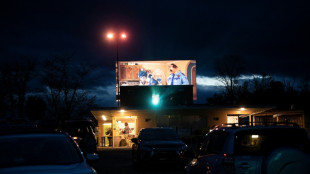
-
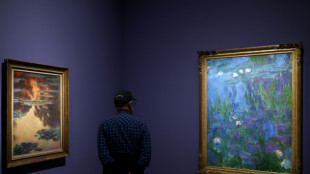 Exhibit on Monet's prolific Venice visit debuts at Brooklyn Museum
Exhibit on Monet's prolific Venice visit debuts at Brooklyn Museum
-
Why Peru just ousted another president, and what comes next
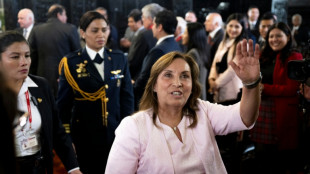
-
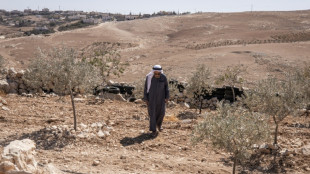 Israeli settlements close in on West Bank herding community
Israeli settlements close in on West Bank herding community
-
Women's athletics venture Athlos showcases sport in New York


Madagascar soldiers join protesters as thousands gather in Antananarivo
A military contingent joined thousands of anti-government demonstrators in Madagascar on Saturday, calling on security forces to "refuse orders to shoot" and condemning police action to quell over two weeks of youth-led protests that have rocked the Indian Ocean island.
The newly appointed premier on Saturday night said the government was "standing strong" and "ready to collaborate and listen to all forces -- the youth, trade unions, and the military".
"Madagascar will not be able to withstand any further crises if this division among the people continues," Prime Minister Ruphin Fortunat Dimbisoa Zafisambo said in a short video speech.
The presidency meanwhile sent out a statement ensuring that President Andry Rajoelina "remains in the country" and "continues to manage national affairs".
Saturday's demonstration in the capital Antananarivo was one of the biggest since the protest movement erupted on September 25, sparked by anger over power and water shortages.
Police used stun grenades and tear gas to try to disperse the large crowds of several thousand people, but some left as soldiers from the CAPSAT contingent of administrative and technical officers rode into the city on army vehicles to join the demonstrators.
They were welcomed with cheers from protesters who called out "Thank you!" to the uniformed troops, some waving Madagascar flags.
The departure of the police and other security forces opened the way for the crowds to reach the symbolic Place du 13 Mai in front of Antananarivo's city hall.
CAPSAT Colonel Michael Randrianirina told AFP at the site that police had shot at the soldiers as they passed barracks, hitting one and a journalist. "The journalist was hit in the buttock, while the soldier died," he said.
"For all those who sent the gendarmes here, starting with the head of gendarmerie, the prime minister, the president... they must leave power," he told AFP.
According to local media, the emergency services reported two dead and 26 injured on Saturday.
AFP reporters heard shots being fired during the demonstration, and shots and explosions could still be heard in Antananarivo's centre while protesters continued celebrating on the square as night fell.
- 'Refuse to shoot' -
Before leaving their camp at Soanierana on the outskirts of the city, the soldiers called on the army and security units not to shoot protesters.
"Let us join forces, military, gendarmes and police, and refuse to be paid to shoot our friends, our brothers and our sisters," Randrianirina said, surrounded by soldiers in uniform, in a video shared on social media.
The military base in Soanierana in 2009 led a mutiny in a popular uprising that brought Rajoelina to power.
It was unclear how many soldiers joined their call Saturday.
The Gen Z movement leading the near-daily protests on Saturday night called for Rajoelina to resign, in a list of written demands that also included the "initiation of a democratic national dialogue and "universal access to essential services" from water to employment.
"We firmly reaffirm that we do not seek a coup d’État nor the seizure of power by force," the statement said, thanking the CAPSAT contingent for a "powerful and historic gesture".
"We don't have any weapons. We try to protect ourselves with stones from the tear gas they throw at us. And now, we really feel a sense of pride," said Lucie, a 24-year-old protester, who gave only her first name.
With frequent power and water cuts, life in Madagascar was "hell", said one young man on condition of anonymity.
"And once you ask for what you want, they give you tear gas. There is no freedom," he told AFP.
- Violent crackdown -
The United Nations has said that at least 22 people were killed in the first days of the protests that started on September 25.
Rajoelina has disputed the toll, saying last week there were "12 confirmed deaths and all of these individuals were looters and vandals".
Faced with near daily protests since September 25, Rajoelina fired his government on September 30, appointing an army general as prime minister, but the move failed to quell the uprising.
strs-jcb/yad
K.AbuDahab--SF-PST
